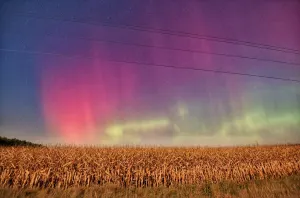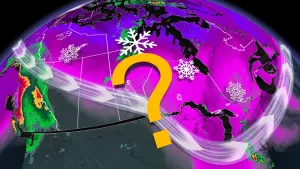
Modern atmospheric principles are hidden in van Gogh's 'The Starry Night'
The masterpiece references scientific principles that weren't understood until a century later.
One of the most famous paintings on the planet could teach us a thing or two about the environment, according to a new study.
Vincent van Gogh may have been more than a brilliant artist: Atmospheric scientists say his brush strokes in The Starry Night align with modern scientific principles.
The findings are detailed in a new study appearing in the journal Physics of Fluids.

Van Gogh self portrait, 1886. (Public domain).
Ahead of its time
The painting references turbulence, which are irregular airflows that influence how the naked eye sees the night sky. And he didn't just capture turbulence in the atmosphere.
A separate 2019 study suggests he also accounted for the turbulence of the stars lightyears away.
To reach their conclusion, scientists compared the 14 main shapes in the painting to a concept in atmospheric physics known as Kolmogorov’s theory, which describes how energy cascades from larger patterns to smaller ones.

Analysis of the shapes in the painting. (Yinxiang Ma/Xiamen University).
They also analyzed the colours in the painting, and found the luminance closely matches a framework known as Batchelor’s scaling, which describes how energy transfers and moves on the smallest scales.
This is remarkable for a few reasons. For starters, the painting was made in 1889. Turbulence wasn't fully understood until a century later.
Secondly, this true-to-nature masterpiece was apparently created in daylight from a windowless studio.
Researchers think Van Gogh's accurate representation of the environment came from studying cloud movement and the atmosphere.
Header image: The Starry Night, Vincent van Gogh (Public domain).










